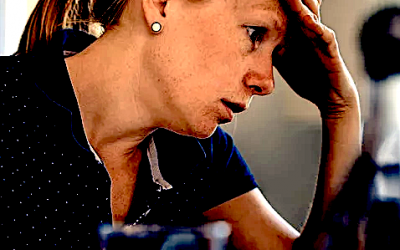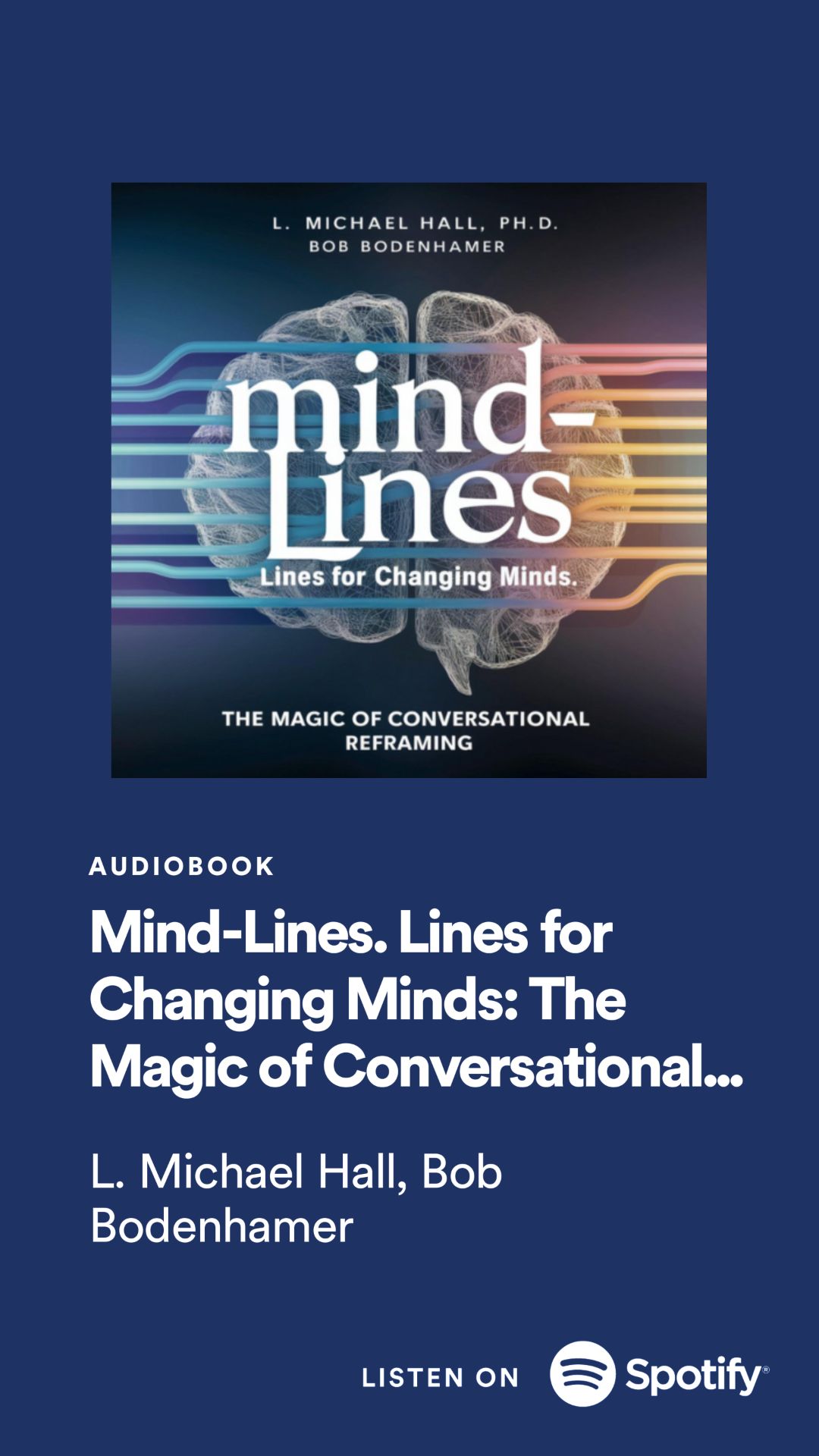Synesthesia is a neurological condition where stimulation of one sense automatically triggers an experience in another sense.
The key points about synesthesia are:
1. It involves a blending or merging of the senses, where input to one sensory modality (e.g. hearing) leads to involuntary experiences in a different sense (e.g. seeing colors).
2. Common examples include seeing colors when hearing sounds, tasting shapes or textures, or perceiving numbers or letters as inherently colored (grapheme-color synesthesia).
3. The synesthetic associations are highly consistent for each individual - for instance, a particular letter or sound will reliably induce the same color experience every time.
4. It is an automatic, involuntary neurological process present from an early age, often from birth, rather than a conscious metaphorical association.
5. The causes are not fully understood, but may involve atypical cross-wiring or connectivity between sensory processing areas in the brain.
6. Synesthesia is considered a blending of perception, distinct from hallucinations, as the synesthetic experiences are additions to normal sensory input rather than distortions.
7. Prevalence estimates vary widely, from as rare as 1 in 20,000 to as common as 1 in 200 people.
Synesthesia refers to a neurological trait where sensory inputs get merged, allowing stimulation of one sense to automatically and consistently trigger experiences in another sense modality in the same individual.[1][2]
[1] https://www.healthline.com/health/synesthesia
[2] https://www.scientificamerican.com/article/what-is-synesthesia/
Synesthesia can be found in the book 'The Peregrine' by J.A. Baker.
This book is highly recommended by Werner Herzog. He says it is a must read for every writer and filmmaker!
This book is highly recommended by Werner Herzog. He says it is a must read for every writer and filmmaker!
The author writes in a way that leads me to believe that he had synesthesia.
Watch this interview to see how and the depth of appreciation Herzog has in this clip about Herzog on The Peregrine.
Career Opportunities for People with Mild Autism: A Comprehensive Guide
Autis...
How to Learn Better: A Review of “The Science of Rapid Skill Acquisition”
Learn...
How the Oura Ring Revolutionizes Sleep Tracking Compared to Other Fitness Trackers
In...
A 15-Minute Hypnosis Script for Adults with Mild Autism: Cultivating Calm and Connection
Many...
How CREB is Compared to a Mayor’s Office.
Imagi...
How PTSD Was Cured Four Times in 5 Hours
This...
Everything to Know Before Buying an Oura Ring
The...
The Evolutionary and Psychological Challenges of Stock Trading
Stock...
Everything You Need to About Short Term Memory But Forgot to Ask
Short...
Trading Psychology and How to Improve Yours
Tradi...
Why You Should Go On A Meditation Retreat
Findi...
100 Best Audiobooks on Behavioral Economics, Psychology, Meditation, Self-improvement
100...
Top 22 Best Audiobooks Focused on Mental Health and Self-improvement
With...
Can a Breakup Lead to Depression?
It...
“The Art of Stealth: How Viet Cong Sappers Cultivated a Mindset of Invisibility”
A...




























